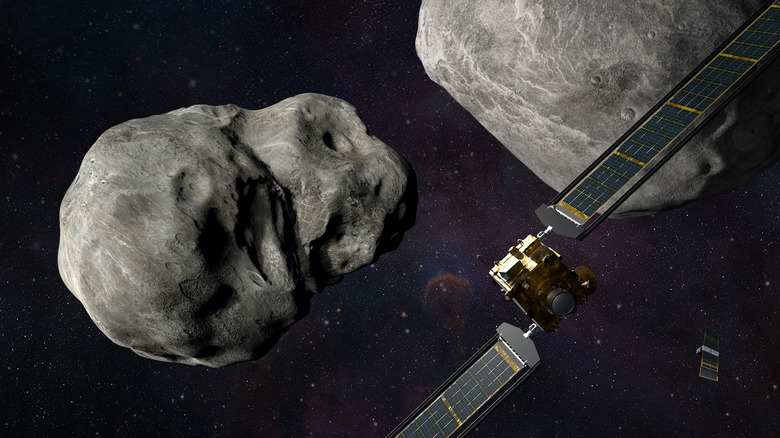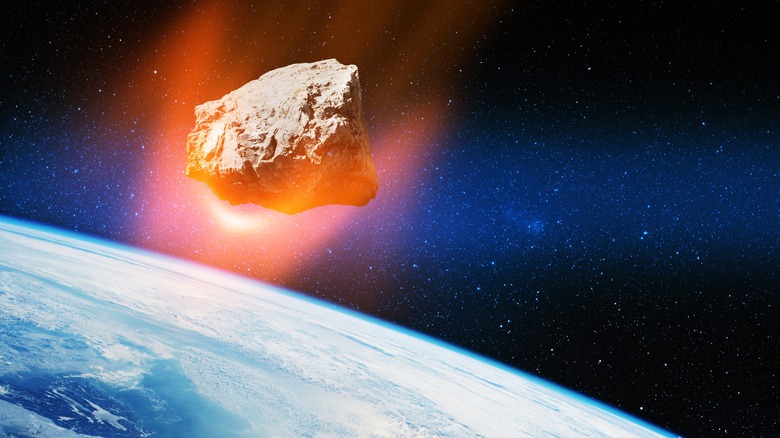NASA's DART Mission Worked, Potentially Giving Earth A Defense Against Rogue Asteroids
The past century has witnessed humanity's tremendous advancements in astronomy, space exploration, and technology. In this relatively short time span, humans went from being passive space observers to a species with a proven ability to send missions to other worlds. In addition to the moon missions, humans have sent countless missions to other bodies in our immediate neighborhood, helping us gain a deeper understanding of our solar system and the rest of the universe.
Thanks to many such missions, humans today know the dangers posed by large and medium-sized asteroids. These space rocks — remnants of our solar system's violent and rocky past — orbit the sun just like the rest of the planets near us. Occasionally, these rocks may be ejected from their usual orbits and could come on a collision course with Earth. If a reasonably sized asteroid impacts our planet, it could lead to millions of deaths and result in an ecological crisis of epic proportions. A large enough asteroid could also lead to the end of life as we know it.
While such a possibility may sound far-fetched, astronomers have pondered over such an eventuality for decades. When the question was first posed to astronomers, one of the possible countermeasures was to destroy the asteroid using nuclear weapons. However, a recent NASA mission has now demonstrated that we can use less destructive means to avert such a tragedy of planetary proportions.
The DART mission was surprisingly successful
The Double Asteroid Redirect Test (DART) is an experimental mission that was launched in November 2021 to determine whether it is possible to deflect a celestial object by altering its orbit using a kinetic impact. In layman's terms, this simply means hitting an orbiting asteroid with enough force to cause it to change its course and move away from its original path.
To demonstrate this, NASA targeted a near-Earth asteroid called Dimorphos, which itself orbits a larger asteroid called Didymos. Nine months after NASA sent the DART impactor on a collision course with Dimorphos, it impacted the asteroid on September 26, 2022. Initial data from the collision looked promising, with NASA detecting a debris trail emanating from the asteroid 6,000 miles long. NASA scientists took a little over two weeks to analyze the impact results, and on October 11, 2022, they declared the DART mission a success.
NASA's observation revealed that the impact of the DART collider had altered the orbit of Dimorphos by 32 minutes. Considering that NASA only needed to change the orbital time by 73 seconds to declare the mission a success, the half-hour change to the orbital time confirms that the mission did what it intended. Following the mission's success, NASA administrator Bill Nelson deemed the DART mission a watershed moment for planetary defense. NASA also clarified that the mission's objective was merely experimental and that the asteroids — Dimorphos and Didymos — did not pose any threat to the Earth before or after the impact.

